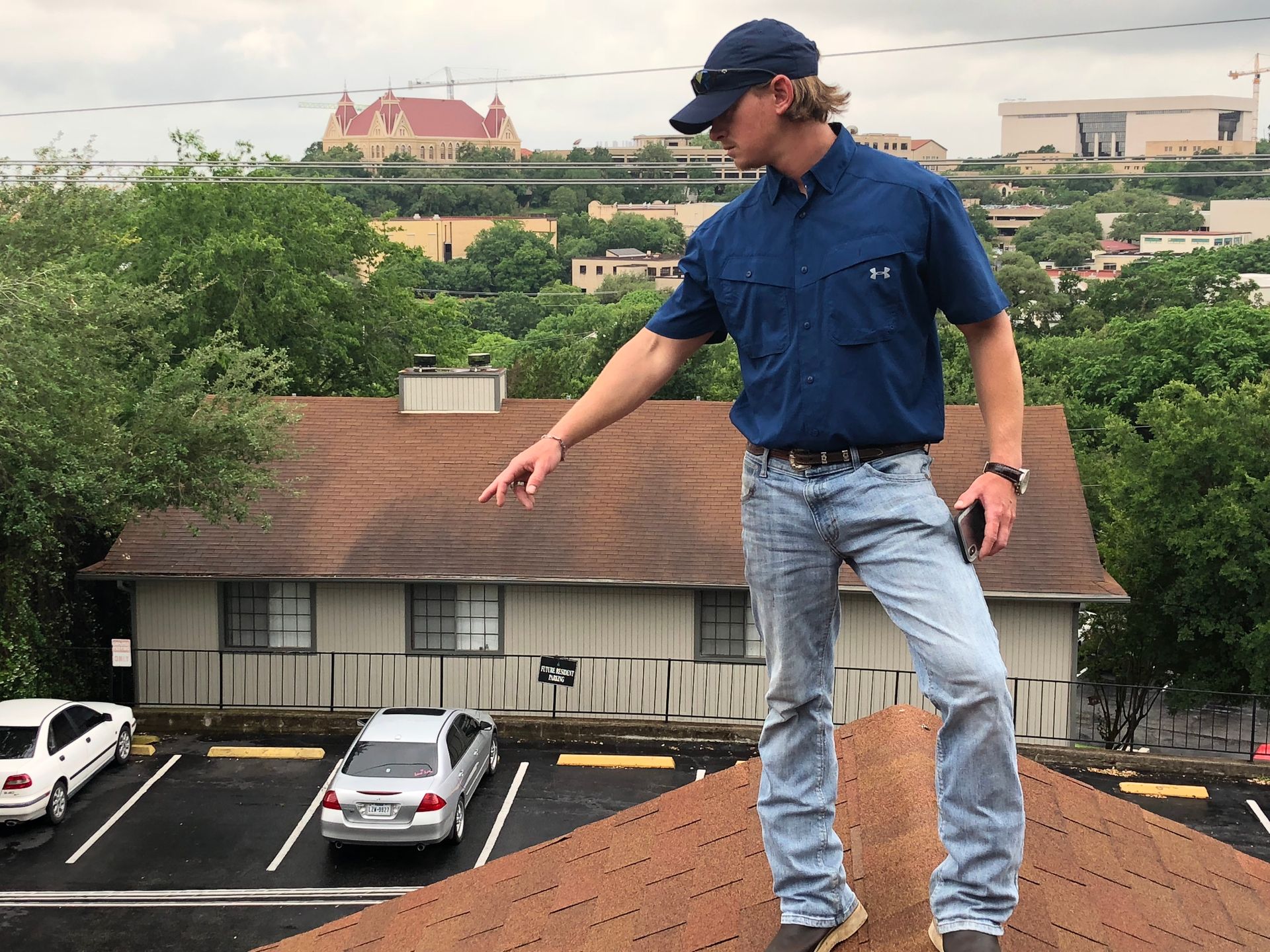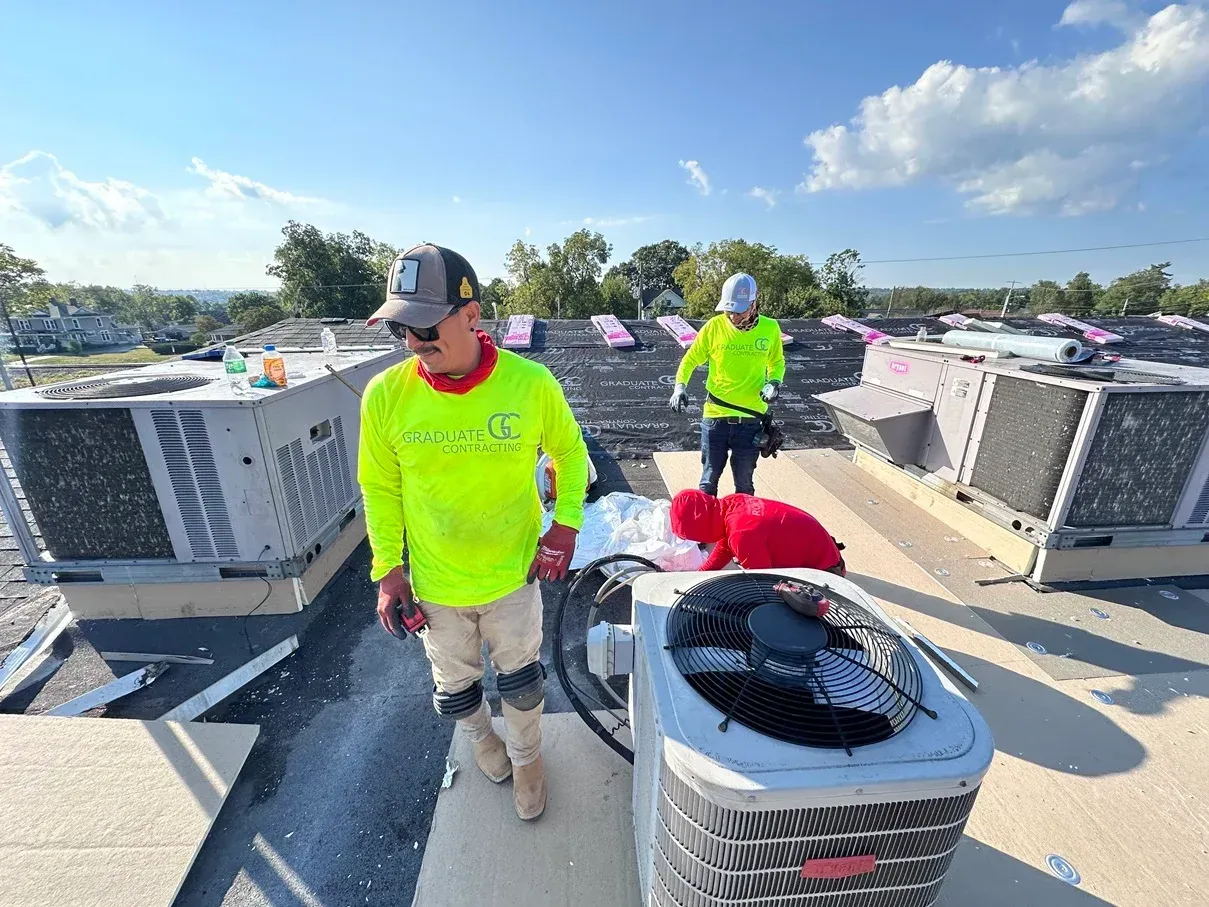The Homeowner's Guide to Insurance Coverage for Roof Leaks
The Homeowner's Guide to Insurance Coverage for Roof Leaks
As a homeowner, discovering a roof leak can be stressful, and understanding whether your insurance will cover the damage adds another layer of complexity. This article delves into the nuances of insurance coverage for roof leaks, providing insights that many sources overlook.
The Basic Coverage: What Most Policies Include
According to the Insurance Information Institute, standard homeowners’ insurance policies typically cover roof damage and leaks caused by sudden, accidental events such as:
- Storms (wind, hail, lightning)
- Falling objects (e.g., tree limbs)
- Fire
- Vandalism
However, the reality of insurance coverage for roof leaks is more complex than these basics suggest.
Beyond the Basics: What You Should Know
- Age-Based Coverage Limitations: A study by the National Association of Insurance Commissioners (NAIC) found that many insurers have started implementing age-based restrictions on roof coverage. For roofs over 20 years old, you may only be reimbursed for the depreciated value of the damaged roof, not the full replacement cost.
- Maintenance-Related Exclusions: The Insurance Research Council reports that approximately 30% of all homeowner’s insurance claims are denied due to lack of maintenance. This is particularly relevant for roof leaks, as insurers often view regular roof maintenance as the homeowner's responsibility.
- Climate Zone Considerations: A report by the National Academy of Sciences found that climate change is increasing the frequency and severity of extreme weather events. As a result, some insurers in high-risk areas are modifying their coverage for weather-related roof damage. Always check your policy's specifics if you live in a high-risk zone.
- Hidden Damage Clauses: Many policies include clauses about "hidden damage." For instance, if a leak has been ongoing but undetected, resulting in mold or structural damage, your policy might not cover the full extent of the repairs needed.
- Deductible Trends: The National Association of Insurance Commissioners reports a trend towards higher deductibles for roof claims, particularly in storm-prone areas. Some policies now have separate, higher deductibles specifically for roof damage.
- Code Upgrade: Coverage: If your roof needs to be replaced, local building codes may require upgrades that weren't in place when the original roof was installed. According to a survey by the Insurance Services Office, only about 8% of homeowners have ordinance or law coverage that would pay for these upgrades.
- Impact of Prior Claims: A study published in the Journal of Risk and Insurance found that filing even one claim can increase your premium by an average of 9%. Multiple roof-related claims could lead to non-renewal of your policy.
Navigating the Claims Process
- Document Everything: Take photos and videos of the damage immediately. Keep records of all communications with your insurance company.
- Act Quickly: Most policies require that you report damage within a specific timeframe, often as short as 14 days.
- Get a Professional Assessment: Before filing a claim, have a reputable roofing contractor assess the damage. Companies like Graduate Contracting can provide detailed reports that can be invaluable during the claims process.
- Understand Your Policy: Review your policy carefully, paying attention to coverage limits, exclusions, and deductibles.
- Consider the Long-Term Impact: Weigh the cost of the repair against your deductible and potential premium increases before deciding to file a claim.
Preventative Measures: Protecting Your Roof and Your Coverage
- Regular Inspections: The National Roofing Contractors Association recommends roof inspections twice a year, in the fall and spring.
- Prompt Repairs: Address minor issues promptly to prevent them from becoming major problems that your insurance might not cover.
- Document Maintenance: Keep records of all maintenance and repairs. This documentation can be crucial if you need to file a claim.
- Consider Upgrades: When it's time to replace your roof, consider impact-resistant materials. Some insurers offer discounts for these upgrades.
- Review Your Policy Annually: Insurance terms and your home's needs can change. An annual review ensures you have appropriate coverage.
Conclusion
While insurance can provide crucial financial protection in the event of roof leaks, coverage is not always straightforward. Understanding the nuances of your policy, maintaining your roof regularly, and working with experienced professionals like Graduate Contracting can help ensure you're prepared for whatever your roof may face.
Remember, the best insurance against costly roof repairs is proactive maintenance and timely professional assessments. By staying informed and taking preventative measures, you can protect both your roof and your financial well-being.


